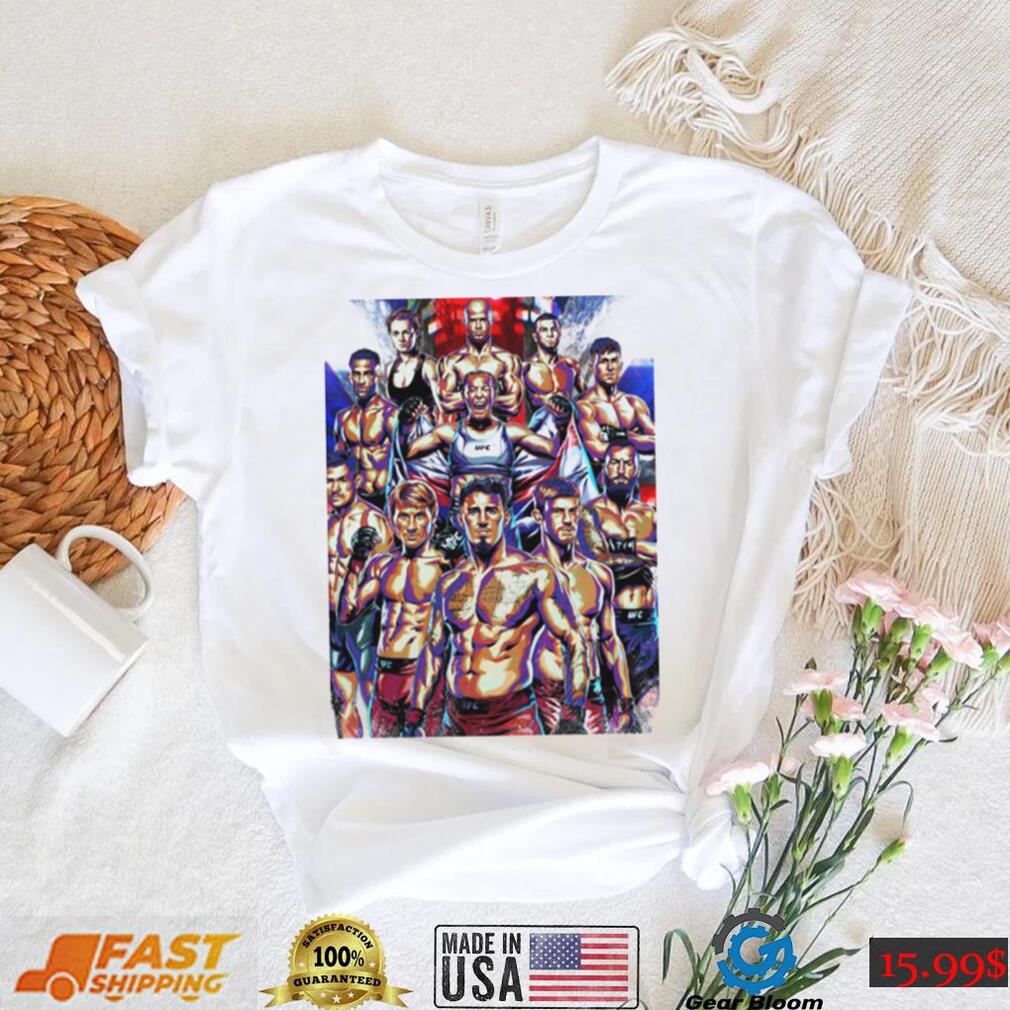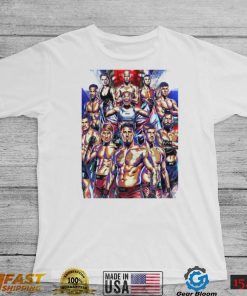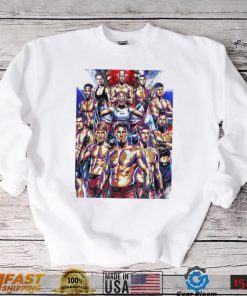The Brits Looking For A Fight Ufc Mma Unisex Sweatshirt
Rugby has something the NFL lacks — the tantalising prospect of representing your country in a meaningful international competition. In the 24 years of pro Rugby Union, the USA have traditionally had a rag-tag bunch of professional players ranging from second generation migrants from rugby playing families like Samu Manoa, who was playing amatuer rugby in the US and was talent scouted from a US reserve team tour into the top flight of European club rugby, to players like former USA captain Chris Wyles who was born in the states but moved to England as a The Brits Looking For A Fight Ufc Mma Unisex Sweatshirt and played his rugby in Europe. One of the guys from our school team in England ended up playing for the USA at the Rugby World Cup because he had an American born mother. Other USA players like AJ McGinty (who is Irish and plays for an English club) qualify for the USA national team via residency after studying there. If rugby takes off in the US as a semi-pro / pro club game, there is every likelihood of good college footballers switching sports and America producing a team of majority home-grown talent, but unlikely it will include many ex-NFL players, if any.
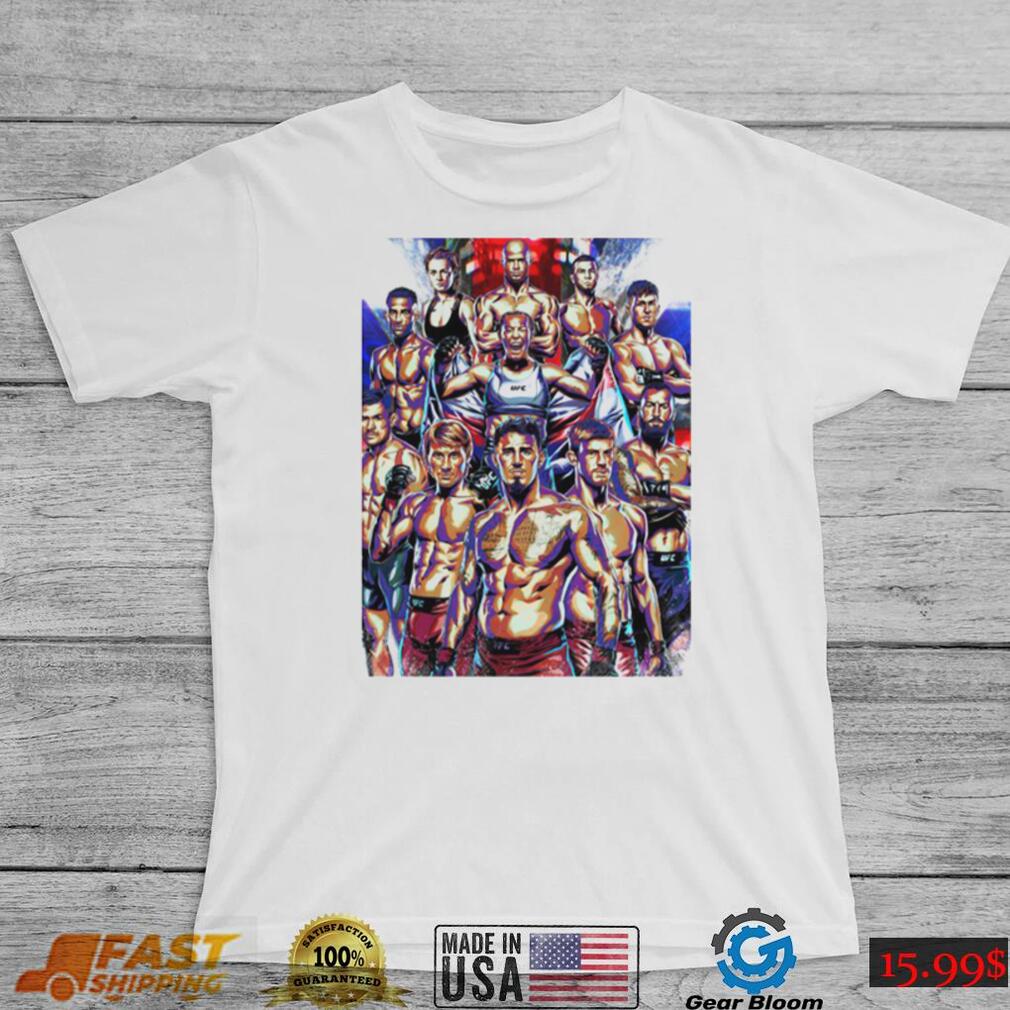 (The Brits Looking For A Fight Ufc Mma Unisex Sweatshirt, ladie tee)
(The Brits Looking For A Fight Ufc Mma Unisex Sweatshirt, ladie tee)The Brits Looking For A Fight Ufc Mma Unisex Sweatshirt
The The Brits Looking For A Fight Ufc Mma Unisex Sweatshirt for excessive nail growth was primarily a statement of status as it was impossible to grow nails so long and undertake any manual labor. Unfortunately, such long nails meant the wearer of them could not do anything much at all. It would undoubtedly have been positively dangerous to have attempted any intimate body care. Therefore, anyone with such long nails would have relied upon servants to wash, dress and feed them, to prevent them doing themselves an injury- or breaking a nail. To counteract the inconvenience of a full set of long claws, it became fashionable for the Manchu women of the Qing dynasty to cultivate just one or two talons on the hands. These nails were shaped and styled so that they looked elegant rather than unwieldy and from the nineteenth century were often protected with nail guards made of gold or silver and studded with jewels.
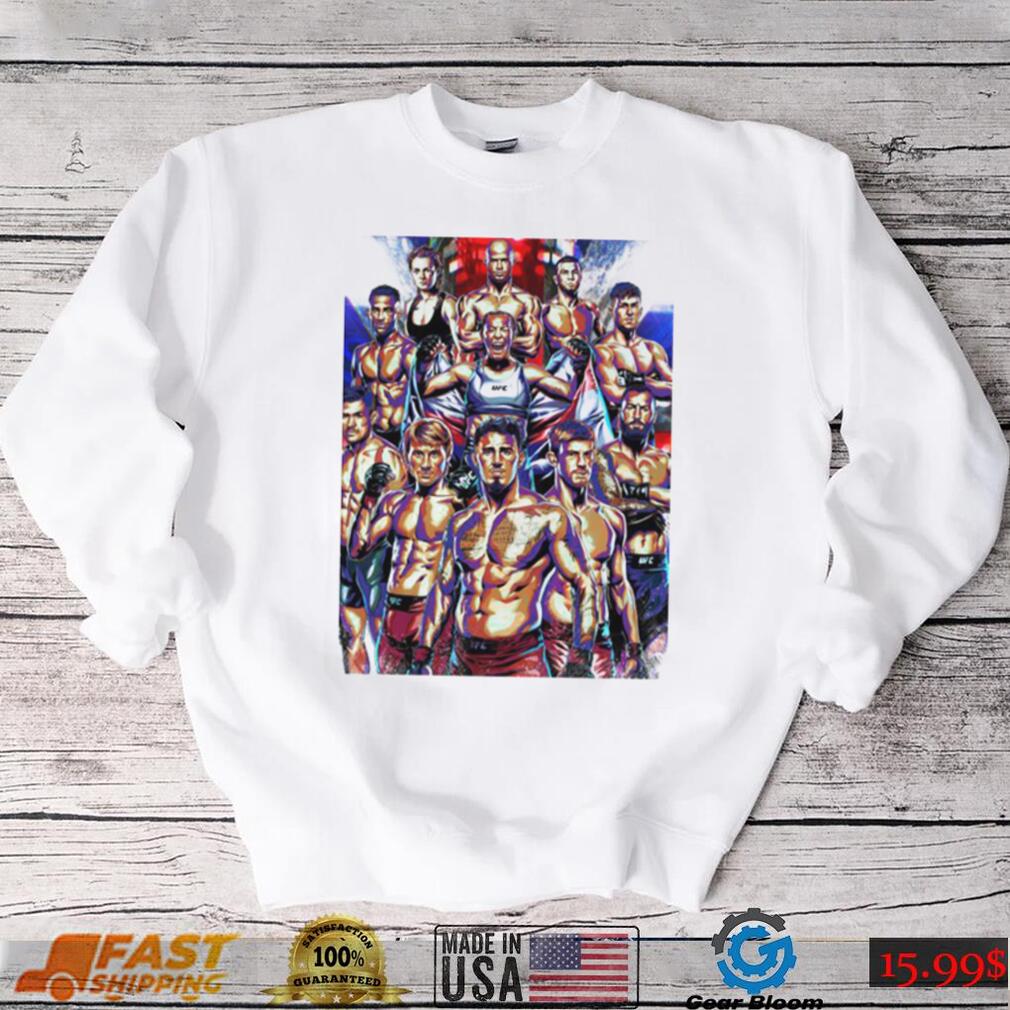 (The Brits Looking For A Fight Ufc Mma Unisex Sweatshirt, sweater)
(The Brits Looking For A Fight Ufc Mma Unisex Sweatshirt, sweater)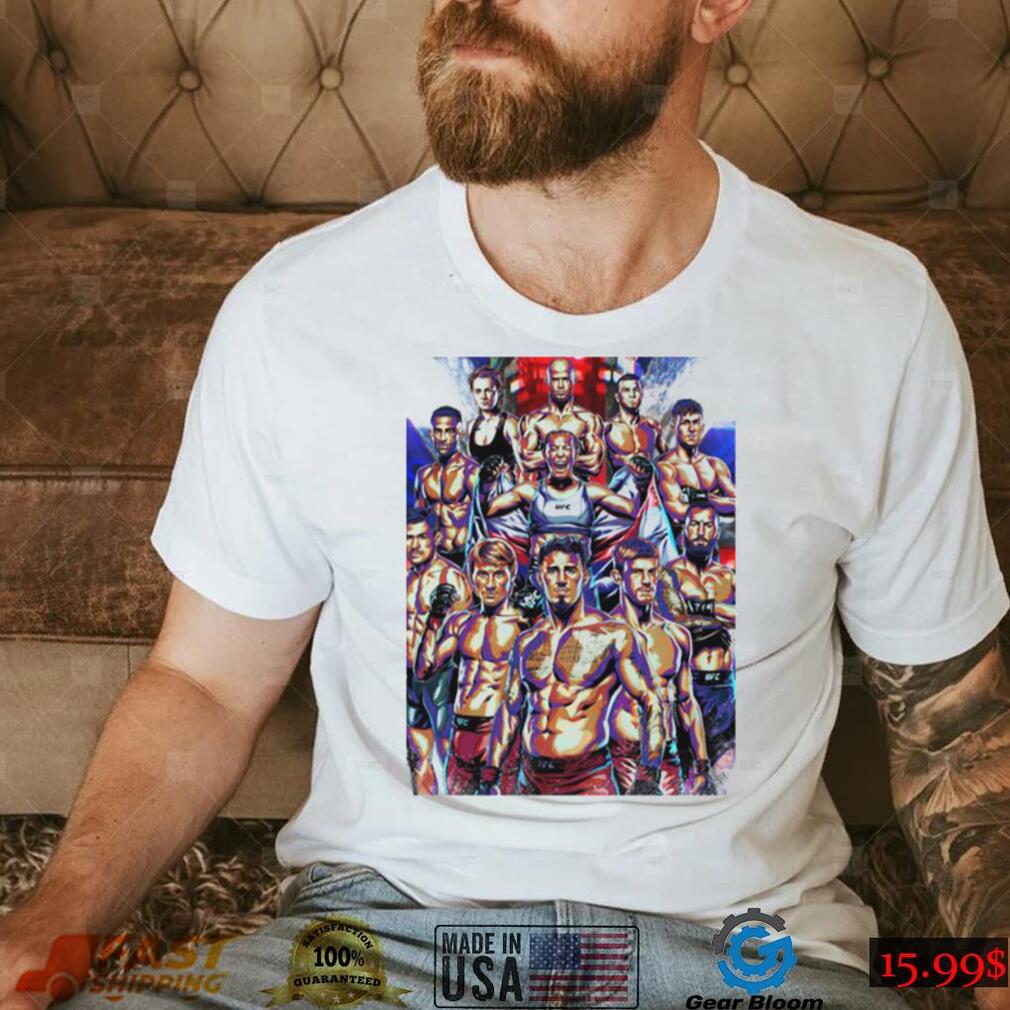 (The Brits Looking For A Fight Ufc Mma Unisex Sweatshirt, men shirt)
(The Brits Looking For A Fight Ufc Mma Unisex Sweatshirt, men shirt)- Production Time: All orders are processed within 3 – 4 business days.
- Shipping Time: You will receive your order anywhere from 5 – 10 business days (depending on the shipping method you chose) from the date that it is shipped out, not the date the order is placed.
- Return & Exchange: A full-refund of your purchase! Absolutely risk-free, no question asked. In case of defective or damaged goods, we will send a replacement to you (No any extra fee) within 30 days since your purchase.
- Tracking Number: When available, we will send you the tracking number with the confirmation email so that you can track the package online.
- Worldwide Shipping Available: At limotees, we ships products to over 100 countries worldwide. Shipping rates and fees may vary depending on your country or region.
- If you have any other queries, please feel free to email us at [email protected]
This Flowers having a Weird Mom builds character Xmas Day T-shirt, hoodie, sweater, tank top, long sleeve, and V-neck t-shirt is a made-to-order product, It is designed by TeeJeep LLC. This is a limited edition product was made in the USA.
Brand: TeeJeep Clothing LLC, Inc. - An online fashion company in the USA
At TeeJeep LLC, we have provided quality T-shirts that are sure to make you feel comfortable and cool even in the scorching heat or cold weather. We also seek to provide our customers with the highest level of customer service possible by adhering to customer satisfaction policies and an open communication style. T-SHIRT FEATURES: - High quality 100% Soft cotton (fiber content may vary for different colors) UNISEX shirt. HOODIE and SWEATSHIRTS FEATURES: - 50% Cotton; 50% Polyester (fibre content may vary for different colors) - IMPORTANT: Runs true to size. Are buyers responsibility to consult the size chart before placing the order. - The design is printed on the t-shirt with a digital printer. - If you want to CUSTOMIZE more this product, please send me a message. CARE: - Machine wash, with cold water, and inside out - Tumble dry on low or hang to dry - DO not iron directly on the design ♥ HOW TO ORDER T-SHIRT, HOODIE, SWEATSHIRT , LONGSLEEVE



